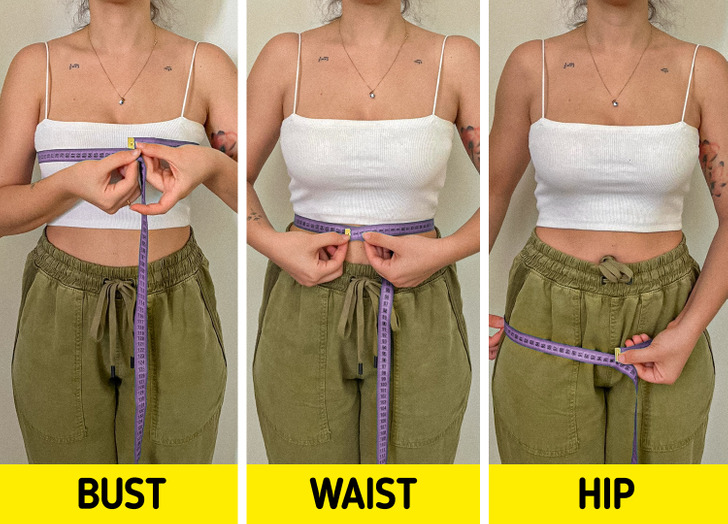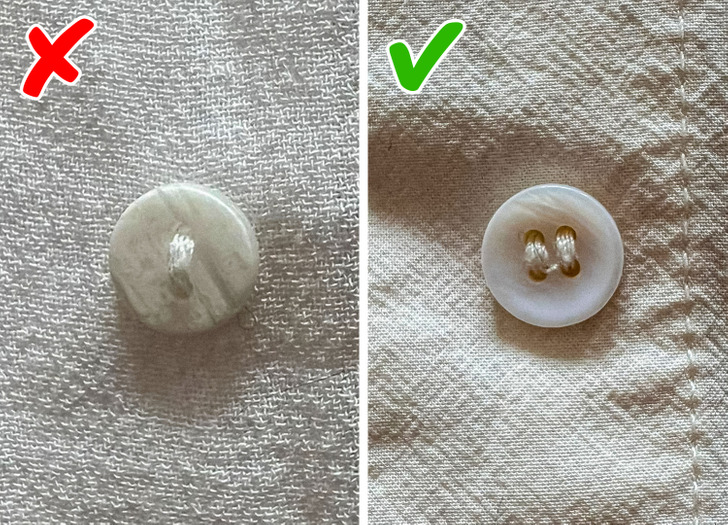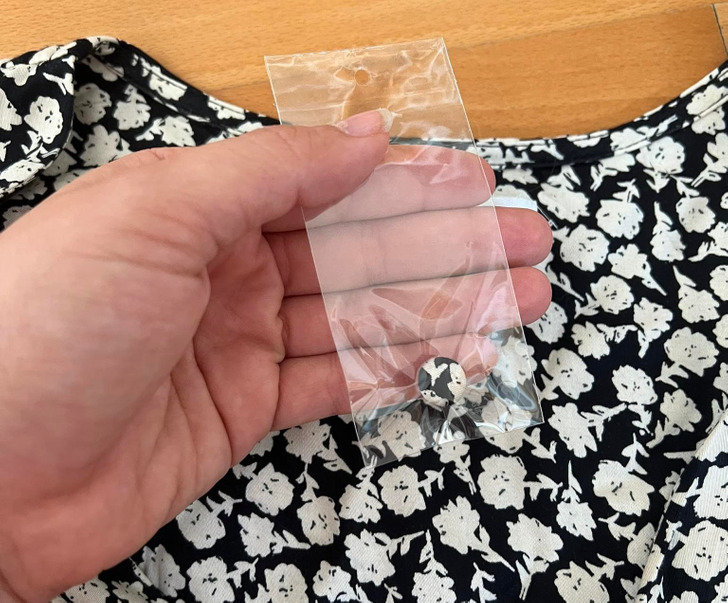10+ Designers Who Couldn’t Control Their Own Imagination, and Their Fails Are Hard to Forget

It is common to feel doubts with online stores. In the end, it is difficult to truly know the quality of an online garment through the computer screen or to try to visualize how certain clothes will look on our body. So, it is important to be attentive to details to avoid falling into the traps of e-commerce.
With this in mind, we at Bright Side put together 9 tips for buying clothes online and making reality better than our expectations.
You have probably already seen the example above in online stores that sell the same piece of clothing in several colors. In order to avoid spending money producing different photos, it is very common for sellers to present the different options with mockups. In these cases, they use the same image and alter the colors digitally.
However, there is a problem: on the computer, we have a wide variety of color options that follow the RGB pattern. But, in textile printing, the pattern is CMYK. In practice, that means that the digital colors are not necessarily going to match the printed colors. Therefore, to be sure of the correct shade, it is best to look at the photos left on consumer reviews.

Interfacing is one of the most common finishes for “V” necklines — it consists of a piece of fabric (the same fabric as the garment) folded inside, in the neck region. This is important to reinforce the seams and prevent the threads from fraying. It is also optimal to verify whether the piece will be durable or not. If the model is good quality, the interfacing should have a minimum of 1.5 inches (4 centimeters).
It is not surprising that big brands have professionals who are solely responsible for patterns. There is a real art to making patterns look perfect on garments. In the end, the shaping, cutting, and sewing should hit the nail on the head. Ideally, the pattern should look continuous, as if the garment has had no cuts.
To see if a printed garment is good quality, check the images carefully where the models are sideways. Since they must follow the curvature of the body, the sides of the garments can be one of the most “challenging” parts and often indicate whether the print is well done or not.
The angles of photos in online stores can be quite misleading, and this happens mainly with accessories. As a result, it is only enough for the model to have a thinner neck, for example, to make a necklace look longer than it really is.
But there is a great trick to buying accessories online: check the measurements given in the product description and use a piece of paper to draw out the actual size of gemstones, pendants, and even earrings. This way, you get to better visualize if the accessory is going to fit big, small, or is exactly as you expect.
Another option is to enter the Diamond Size Simulator site. There, it is possible to put in the measurements and the format of a diamond or gemstones, so you can check its true size. Very interesting, isn’t it?

In an ideal world, it would be nice if sizes XS, S, M, L, XL were standardized. But, the truth is that every store has its own sizing chart. Some brands even put larger measurements in smaller numbers, so that customers feel good about trying on “small” sizes.
So, don’t rely on numbering alone, and always check the size chart. Before you buy, take your measurements and choose the right size for your body type.
Structured fabrics are usually stiffer and heavier. Therefore, it is necessary to not only have the ideal material, but also the perfect model to create a style of clothing. Be wary of prices that are too cheap, and try to find out more about the composition of the fabrics in the description of the garment. It will depend on the model, but usually, materials like gabardine, tailored crêpe, or sable have more body and work better for that purpose.

There are certain details that are very important when checking the quality of clothing, but normally, we do not even take them into account when filling our shopping cart. As most online stores allow you to zoom in on the garments, a good tip is to check and see if the buttons are made of a good material and if they have 2 or 4 holes.
Buttons with 2 holes have less strength and should be used on lighter weight fabrics, so think twice if you find them on heavier garments. It is very likely that these buttons will come loose right away.

Have you seen those extra buttons that usually come on the hem of clothing items or on the label? It’s important to always keep them, because you never know when you’re going to lose one along the way. This way, with a little repair, your outfit can last much longer.
It is very complicated to verify the quality of a fabric through a computer screen. But, nowadays, many online stores are making this process easier.
As long as the site allows it, click to watch the videos of the garment you are interested in. This way, with the model parading, you can check to see how the material “behaves” with movement. You should mainly be checking to see if the fabric is transparent and if it fits the body well.
Online stores usually present their products in flat lay (when the object is photographed from above on a solid surface) and on a model. Photos in which we see the product “alone” can be optimal to check every little detail of the piece. But, to better visualize how the garment will look on the body, it is necessary to rely on photos with models.
In case the person doesn’t have a body shape similar to yours, look in the comments to check the customer’s photos. If not, log on to the brand’s Instagram and check out the photos the brand has been tagged in. This way, you’ll get a more realistic notion of what the clothing item looks like.
Now that you’ve read all these tips, tell us, what things do you usually pay attention to when shopping for clothes online?











